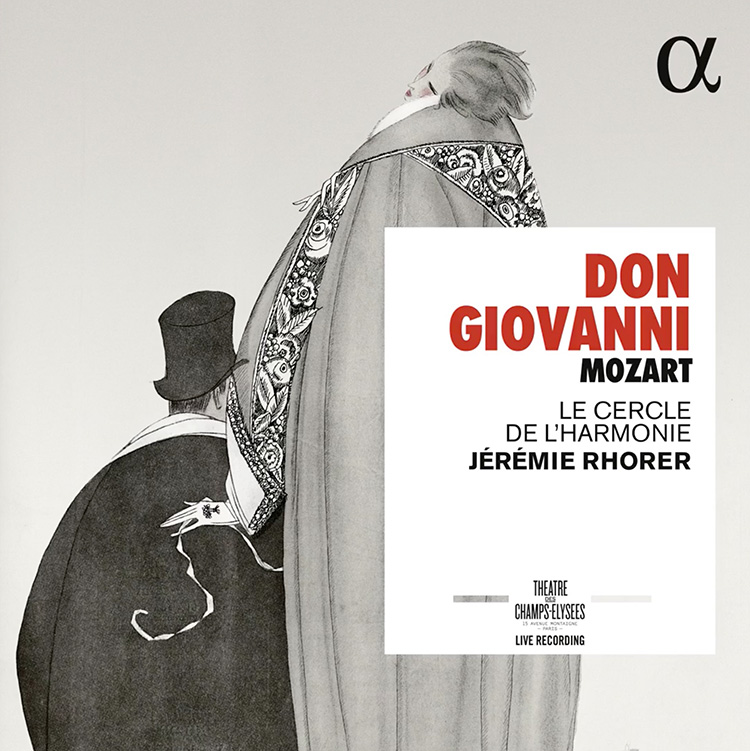
Le Cercle de l'Harmonie
Wolfgang Amadeus Mozart
The master-servant relationship is a constant in the Mozart / Da Ponte trilogy. In Les Noces, Suzanne and Figaro lead the action precipitated by the desiring figure of Cherubim. Figaro measures the space allotted to her while singing of her ferocious desire to push the walls. As for Leporello, he takes into account the conquests. Everyone must run from one to the other side of aristocratic love. But who is subservient to whom during these affairs? Lackeys, flunkies, cameramen, valets: small hands are the political conscience of the operas. Since the time of the Venetian librettists, such as the formidable Busenello, they have had a critical eye and a viperine tongue; they are not fooled by anything and witness everything.
Leporello is here the spectator of his master and his commentator. He is the one who grabs the reliefs of the feast; literally, in the final scene. Leporello is the double and the whipping boy of the seducer. Above all, he is the scribe of the extraordinary catalogue, the enticing variation of which also reveals a furious desire to do the same. In their letters, the scoundrels of the booklets, like Lorenzo Da Ponte, raise the curtain on the origin of such characters. Because the librettist, constantly required to put himself at the service of something important in order to survive, knows in his daily life the humiliation of a valet? There was no factotum's life more bitter than that of Da Ponte in Vienna, except that of Mozart in the Salzburg of the vicious Archbishop Colloredo. It is hardly surprising that under their intertwined feathers the aristocrats should flutter from their pedestals and that codified love has such a thirst for transgression.
Conductor: Jérémie Rhorer
Label: Théâtre des Champs-Élysées & Alpha Classics
